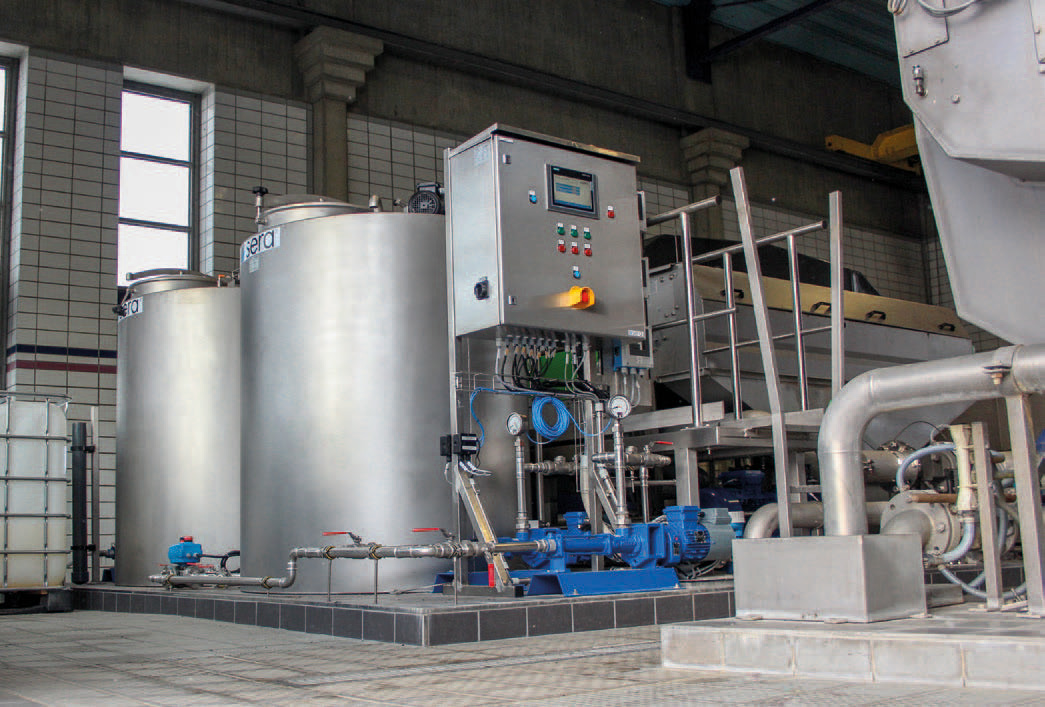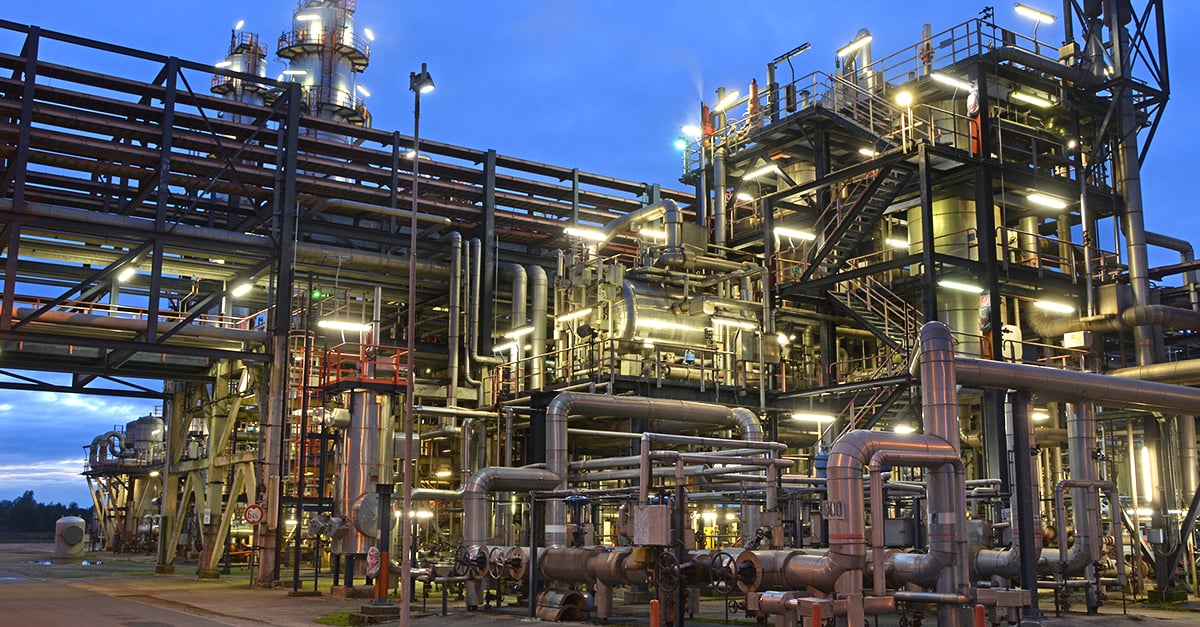When faced with the task of building a new property in today’s world, it is no longer just the location and size of the building that are the main considerations when planning. Dealing with rising energy costs and the integration of climate-relevant issues are at the forefront of considerations. Who wouldn’t want to be self-sufficient, produce their own electricity to save costs in the long term and also protect the environment?
This has long since ceased to be wishful thinking for single-family homes, thanks to the picea energy system from the Berlin-based company HPS Home Power Solutions, but now this has also been implemented for commercial buildings for the first time. As Germany’s first energy self-sufficient commercial building, the new headquarters of the heating and sanitation company Küppers was inaugurated this year in Meckenheim near Bonn.
Photovoltaic modules on the roof and façades of the company building, which was constructed using a timber hybrid construction method, generate electricity that is converted into „green“ hydrogen by electrolysis. This hydrogen is stored in
pressurised cylinders and can be called up by a fuel cell in winter and converted back into electricity or heat. By using an additional geothermal probe heat pump for heating and cooling, the „energy self-sufficiency“ of the building is achieved.
This means that electricity only has to be drawn from outside in an emergency.
In the aforementioned commercial building, five Picea systems are installed, each of which contains a sera compressor. The entire system has a total storage capacity of 7,500 kWh (electrical power) in the form of hydrogen. This alone, without the
parallel ongoing generation of electricity via photovoltaics, would cover the electricity needs of a family of six for a year. After compression, the hydrogen can be stored in cylinder bundles for an indefinite period of time and, if required, converted back into electricity and heat via the fuel cell located in the „Picea system“.
THE sera COMPRESSOR IS THE HEART OF THE PICEA SYSTEM
The surplus electricity from the photovoltaic system that is not used for self-consumption is to be stored for times when not enough „own“ electricity is produced. For this purpose, an electrolyser converts the surplus electricity into hydrogen. In order to be able to store the hydrogen, however, it must be compressed.
And this is where the sera compressor „Agility“ comes into play: The Agility compresses the generated medium and pushes it into the cylinder bundles and is thus the core technology for making the hydrogen storable. The dry-running, hermetic piston compressor from sera compresses the medium further up to 300 bar with a delivery rate greater than 1 Nm³/h from an inlet pressure of between 20-30 bar at the start of the electrolysis.
Due to the innovative design of the drive concept, very quiet running noises are achieved. The oil- and grease-free structure makes regular lubricant changes or operating material renewal unnecessary. This means that the compressor requires
little maintenance and complies with all environmental, health and safety regulations. The compact design and the technical/hermetic separation between the drive and pressure side also distinguish the sera compressor.
The complete system is a small but essential building block for meeting the current and future challenges of climate-friendly electricity and heat supply and once again underlines sera’s corporate philosophy of „creating added value for people and the environment“.



